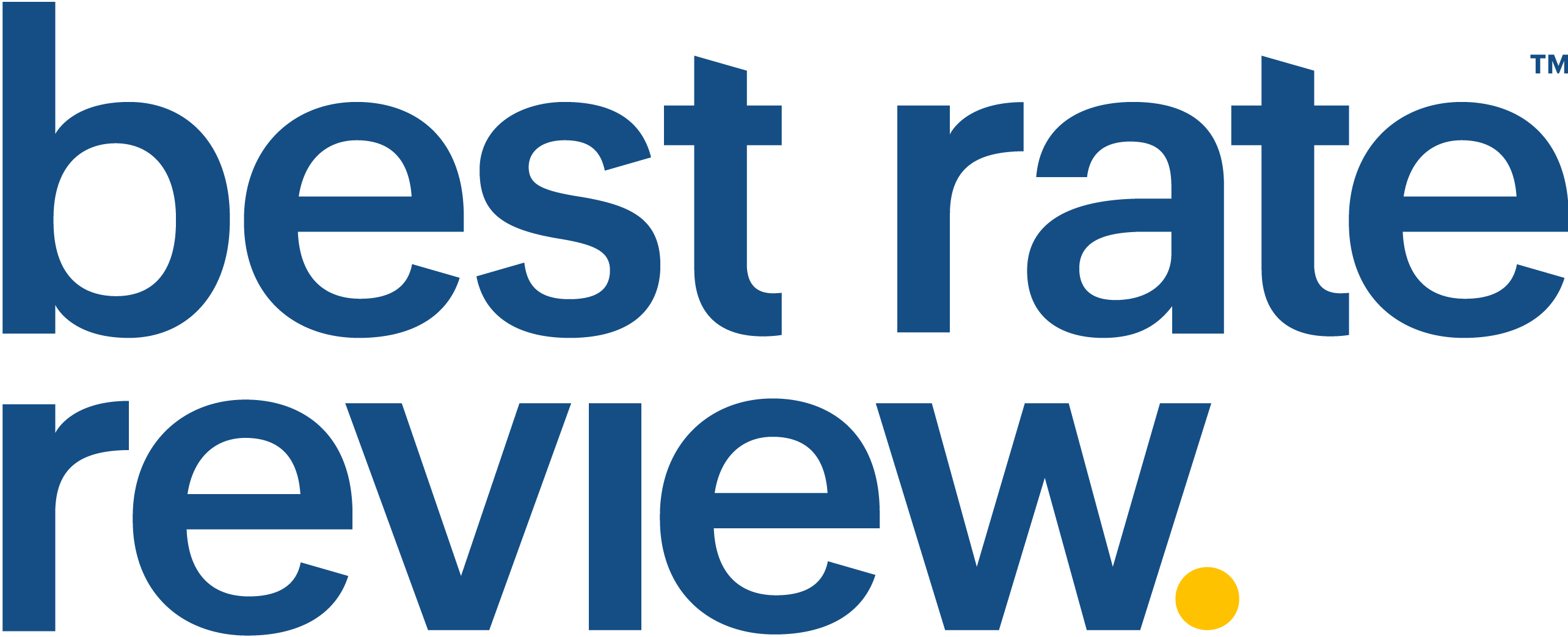Flat rate pricing gained popularity in recent years large in part thanks to Square, Stripe and PayPal. Flat rate pricing is perhaps the most simplistic approach to accepting credit cards. For example, Square charges 2.75% for every in person transaction (i.e. in a store when the card is being provided by the customer). While this makes your monthly costs predictable it almost means you’re losing money. Why? For example, debit cards cost just .05% per transaction. Which means Square is charging you an extra 2.7% (aka 270 basis points). This is a massive markup.
Only Two Pricing Models
Flat rate has only two models associated with it: card present and card not present. The amount you’re charged, which occurs with every transaction (not ideal), is the same no matter the type of card that you accept, including debit and credit cards that don’t offer cash back or points to the consumer.
Why is this important?
Your flat price will be based on the most expensive cards that are accepted on the market today, regardless of your business type or if you’re low risk. While this may seem enticing, it is often an added cost to doing business, unless you process less than $2,500 a month in credit cards. Put conversely, if you’re processing more than $2,500 a month in credit card, you are overpaying.
Tip: don’t be misled by a free dongle or “zero monthly fees”. From a cost-benefit analysis, this often doesn’t play out in your favor. The dongles break, which means you’re in effect forced into key enter the card (aka card is not present) and your flat pricing will be the greater of the two.

